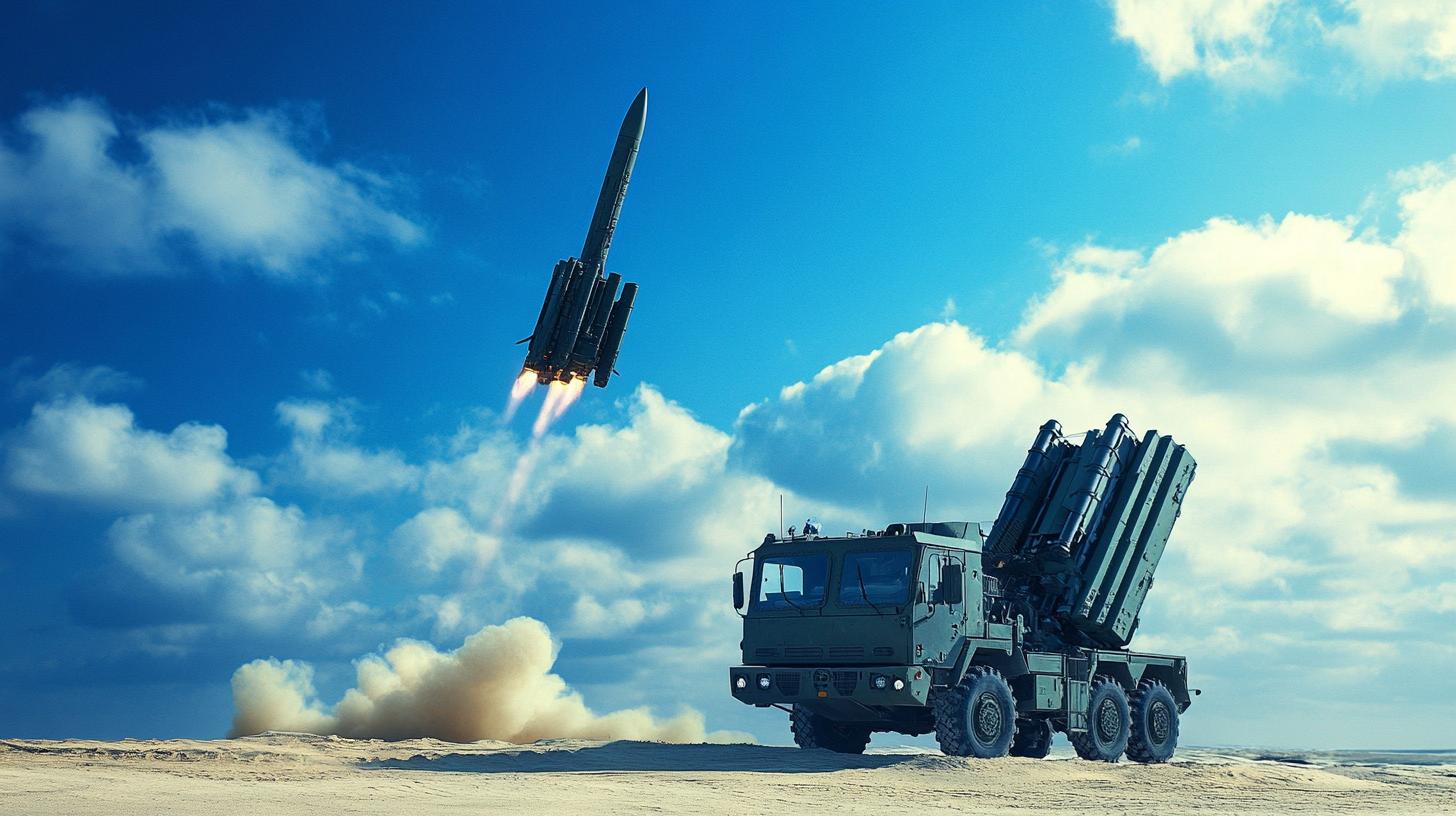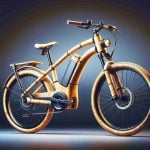The Tri-Nation Jet Initiative Takes Flight
Three powerhouse nations – the UK, Japan, and Italy – have officially committed to an ambitious plan known as the Global Combat Air Program (GCAP), aiming to master the air with a cutting-edge fighter jet by 2035. Italy recently concluded its ratification process in parliament, following the UK’s approval in October and Japan’s earlier confirmation, rallying these countries under a unified vision for aerial excellence.
GCAP seeks to synergize Japan’s F-X plans with the UK and Italy’s Tempest ambitions to create a sixth-generation aircraft armed with groundbreaking technologies. These advanced features include superior avionics and stealth capabilities designed to face modern-day threats. A glimpse of this technological marvel is expected as early as 2027 through a demonstrator model.
As the development of this revolutionary jet progresses, China is also making moves in the aerospace arena. Recently showcased at the Zhuhai airshow, China’s sixth-generation “White Emperor” aircraft is designed to integrate space capabilities with air dominance.
The British Prime Minister recently underscored the importance of the GCAP initiative by green-lighting the project and reaffirming the UK’s substantial financial involvement. Over £2 billion has been committed, although the total investment required remains in flux.
The core industrial players – Leonardo (Italy), Mitsubishi Heavy Industries (Japan), and BAE Systems (UK) – report that the current phase of development is nearing completion. This tri-nation collaboration is set to redefine the landscape of air combat, bolstering defense systems with a new generation of aircraft complementing unmanned aerial vehicles.
The Future of Aerial Warfare: What the GCAP Could Mean for Humanity and Technology
The announcement of the Global Combat Air Program (GCAP) represents not only a landmark collaboration between the UK, Japan, and Italy but also a stepping stone to future technological advancements in aerial warfare. While the initial focus is on creating a cutting-edge fighter jet by 2035, the implications for broader technological innovation and societal impact are far-reaching.
Unveiling the Technological Frontier
The GCAP initiative moves beyond traditional fighter jet capabilities by integrating technologies that could redefine air combat. The incorporation of superior avionics and stealth capabilities highlights a leap towards combining seamless digital interfaces with physical agility. Advances in machine learning and AI will likely play crucial roles in aircraft systems, optimizing everything from pilot assistance to maintenance and operations.
Impact on Global Defense and Economy
With substantial investments such as the UK’s £2 billion commitment, the GCAP highlights a focus on strengthening defense in an era of rapid technological change. For participating nations, this collaborative venture is poised to stimulate significant economic growth and job creation. Each country stands to benefit from both direct involvement in cutting-edge research and development and from potential technological spin-offs in civilian sectors.
Controversies and Ethical Considerations
However, the GCAP does not come without its controversies. The rising capabilities of combat aircraft bring up questions regarding the escalation of the arms race. The introduction of such advanced weaponry could potentially destabilize geopolitical balances and provoke arms proliferation among other nations aiming to match or surpass GCAP’s advancements. Moreover, ethical questions arise from developments in autonomous systems within these jets – how much autonomy should a machine possess when it comes to life-and-death decisions in combat?
What about the Environment?
The environmental impact of producing and maintaining high-tech aircraft also warrants attention. While enhancing defense capabilities is crucial, it is essential to consider sustainability within these technological advancements. How these countries address these ecological footprints could set precedents for future aerospace projects.
Advantages and Disadvantages: A Balanced View
Advantages:
1. Technological Innovation: Advances from this project may catalyze developments in AI, aerospace engineering, and materials science.
2. Economic Growth: Collaborative projects like GCAP may lead to job creation and economic opportunities, particularly in high-tech sectors.
3. Enhanced National Security: A modernized defense capability could provide a significant strategic advantage.
Disadvantages:
1. Geopolitical Instability: The development of such advanced technologies may foster an escalating arms race.
2. Ethical Concerns: The use of increasingly autonomous weapons systems raises profound ethical issues.
3. Environmental Impact: The ecological footprint of creating and running these advanced aircraft might raise concerns.
Can such collaborations pave the way for peaceful technological advancements?
While combat-driven objectives primarily guide GCAP, the technology developed might be repurposed for peaceful uses such as disaster management or climate observation, offering a silver lining. The tri-nation collaboration underlines the potential for nations to work together despite competitive tensions, perhaps setting a precedent for future alliances focused on beneficial technological breakthroughs rather than conflict.
For more information about these developments, you might visit UK Government, Mitsubishi Heavy Industries, or Leonardo.
















